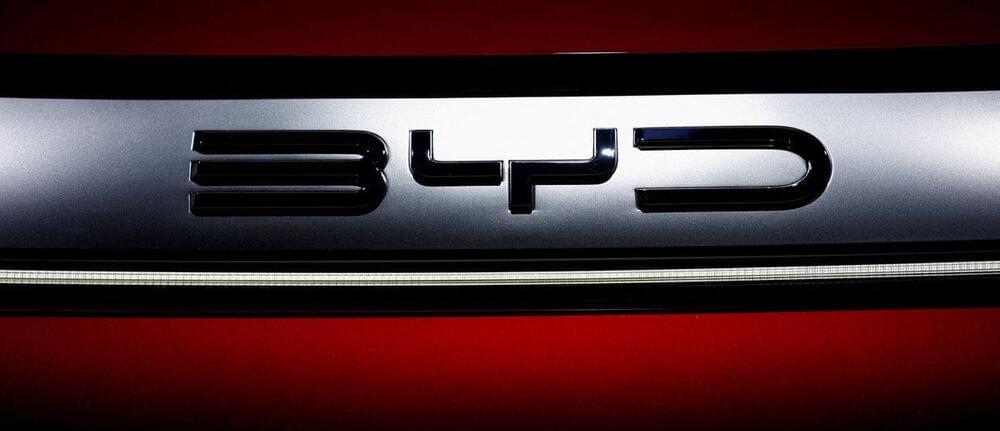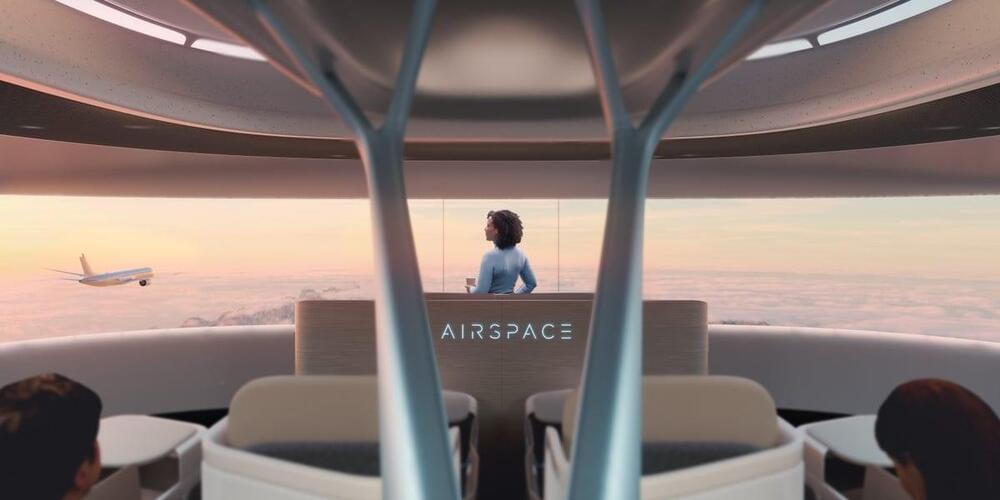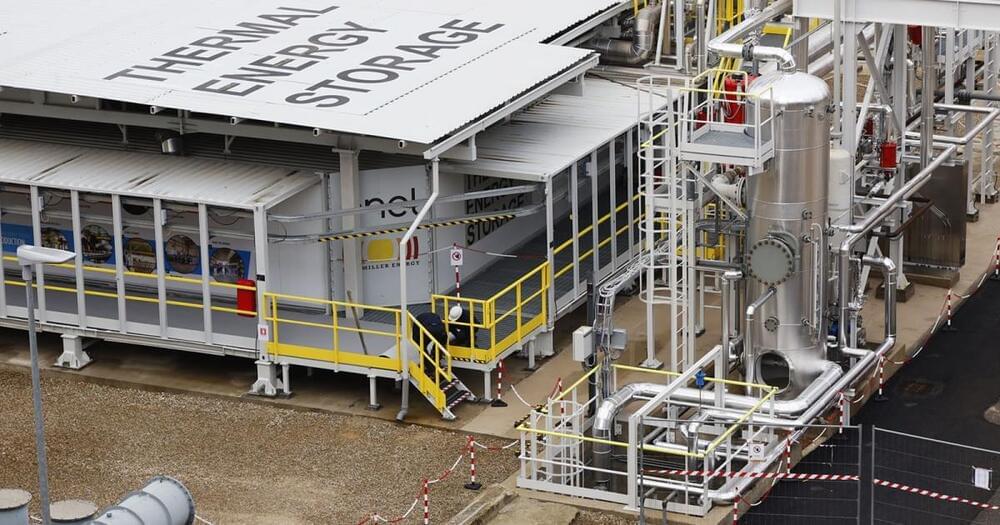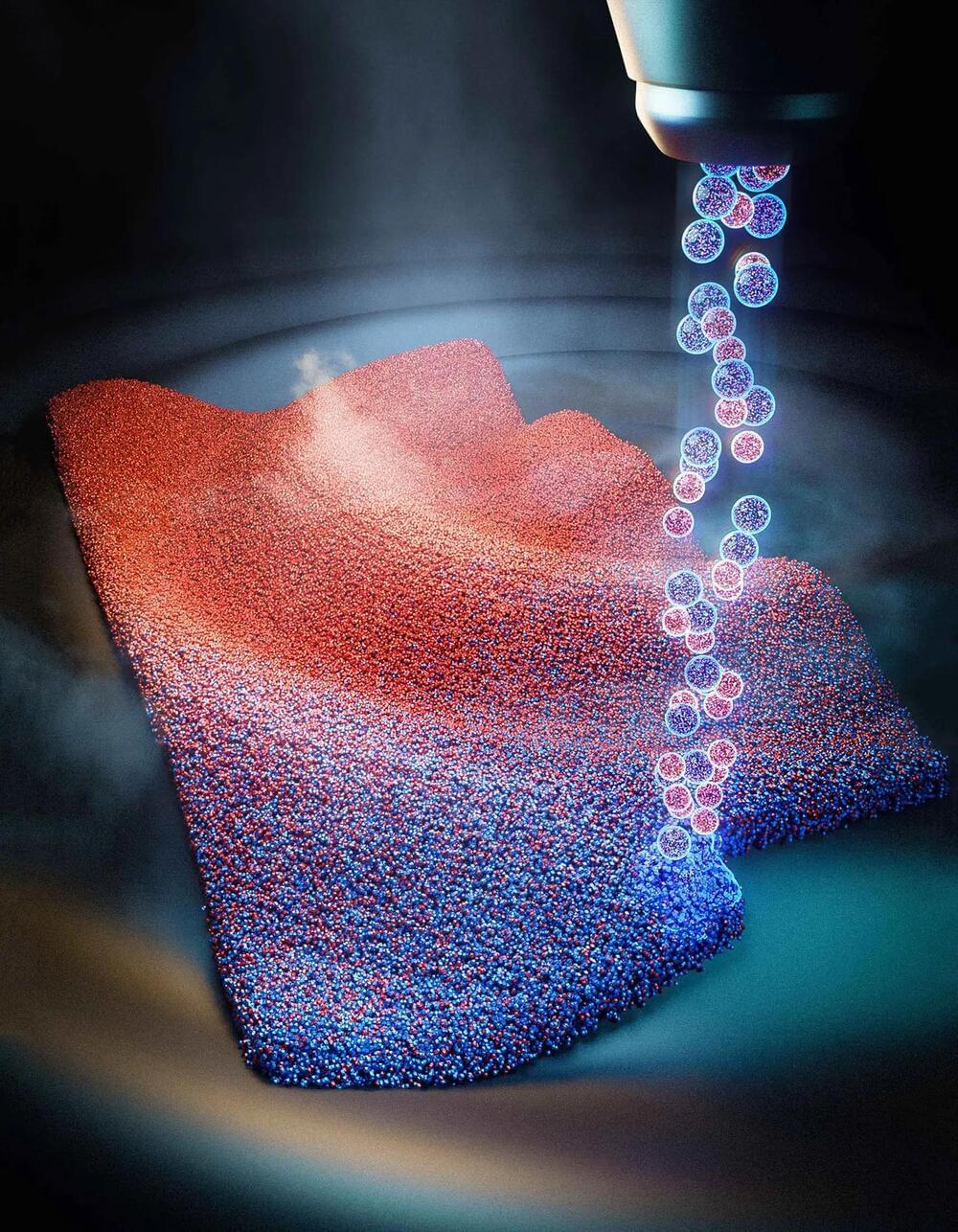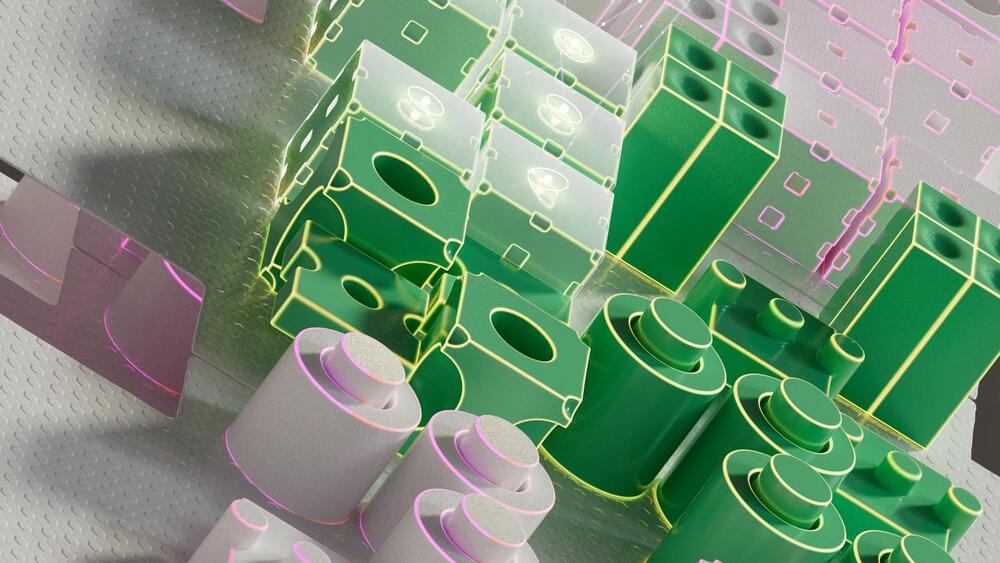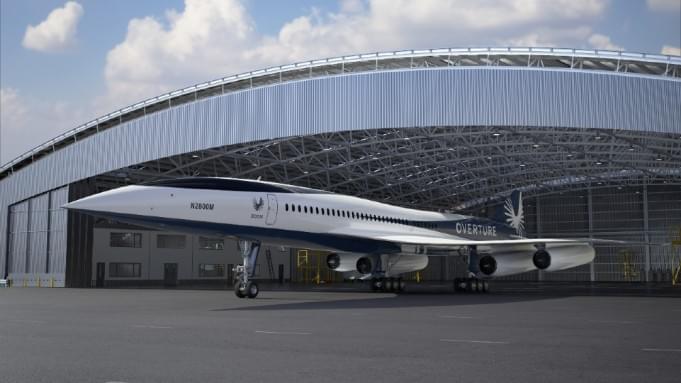BEIJING, June 9 (Reuters) — BYD announced on Friday a new brand of electric vehicles (EV) ranging from off-road to sports cars as the company looks to meet more diversified consumer demand.
The new brand is called Fang Cheng Bao, which translates from Chinese literally as “Formula” and “Leopard”. The Chinese EV giant is expected to launch the first model this year — an SUV identified for now internally as SF, BYD said in a statement.
BYD, with its Dynasty and Ocean series of pure electric and plug-in hybrid models mostly priced under 300,000 yuan ($42,140.16), has been out selling Volkswagen-branded cars in China since November.
